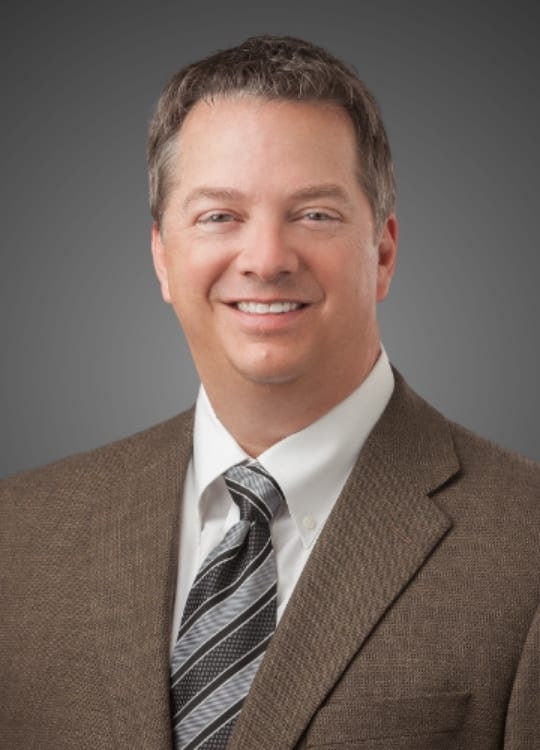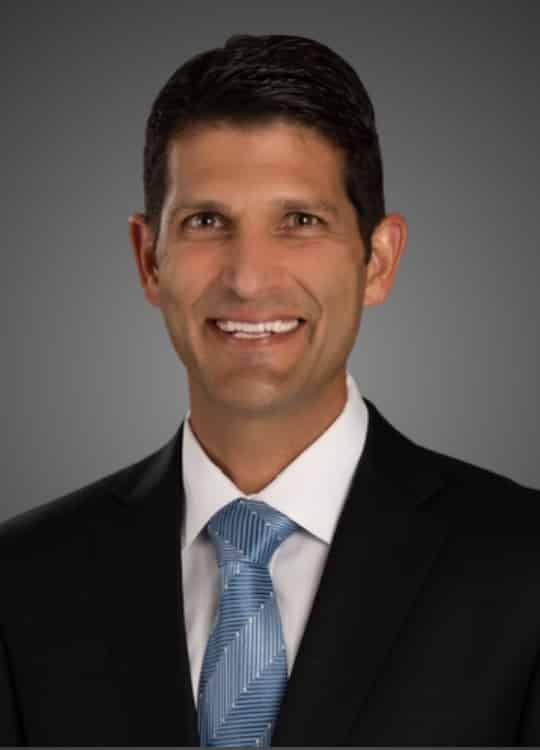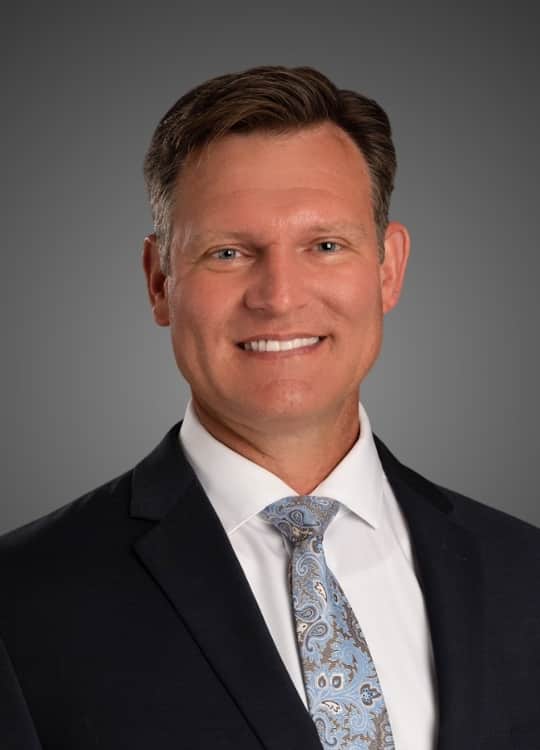Are you suffering from symptoms of a Shoulder Socket Fracture?
The Omaha Elbow & Shoulder Specialists at MD West ONE can properly diagnose and treat a Shoulder Socket Fracture through non-surgical and surgical treatments. If you have the following symptoms, you may want to make an appointment with one of our Board Certified Specialists.
There are a wide variety of symptoms associated with shoulder socket fractures, including:
- Pain
- Swelling
- Bruising
- Inability to move the shoulder
- Limited shoulder mobility
- A grinding sensation when the shoulder moves
Meet MD West ONE's orthopedic specialists and learn more about how they treat Shoulder Socket Fracture...
Shoulder Socket Fracture: Non-surgical and Surgical Treatment(s)
What is Shoulder Socket Fracture?
Shoulder fracture may occur when either the rim or the center of the socket fracture, resulting in pain, swelling, bruising, and other symptoms. This injury is caused by high-energy impacts such as car accidents, falling from a height, or a high-impact sports injury.
Typically, a shoulder fracture is treated surgically since the fractured bone will usually be dislocated. When the bone falls out of place or dislocates, surgery is the only way the bone can be correctly readjusted. If the bone is not positioned correctly before healing, it will heal incorrectly, leaving you with a permanently damaged shoulder.
The shoulder provides more motion than any other joint in the human body and is a marvel of mobility and stability. When you move your shoulder, the ball of the shoulder head (humeral head) remains centered in the socket of the joint (glenoid). The glenoid’s purpose is to offer stability to the shoulder. The ligaments within the shoulder also help with stability and keep the shoulder from moving beyond its range of motion. The rotator cuff holds everything together using concavity compression, working like a golf ball held in place by the concavity of a golf tee.
Shoulder fractures are relatively uncommon. But they can occur when there is significant trauma to the shoulder, such as during a hard fall or a car accident, or as a result of high-energy sports injuries. The two most common types of glenoid fractures are:
- Glenoid Lip Fracture. This type of fracture occurs when the shoulder dislocates. As the ball of the shoulder socket dislocates, it pushes against the rim of the socket, causing it to break.
- Glenoid Fossa Fracture. The glenoid fossa is the center part of the socket. This type of fracture is far less common and occurs when the shoulder sustains severe trauma, causing the glenoid fossa to break.
Are there any non-surgical treatments?
There are both surgical and non-surgical treatment options available to heal your shoulder fracture. Surgical treatment is the primary way to treat this injury. The type of surgical treatment you receive will be completely dependent on the severity of your shoulder fracture. There is no one way to surgically treat a shoulder fracture, but many different ways. But if your shoulder fracture is not severe, non-surgical treatments can work.
If the shoulder socket fracture is not severe, non-surgical treatments will usually do a great job of healing your fracture and allowing you to return to your daily activities. Non-surgical treatments involve keeping the shoulder in place so that the bone can heal. This can be done by wearing either a sling, splint, or cast for a few weeks or longer, depending on the severity of the fracture.
Another option to help speed up the healing process is bone stimulation. This treatment option uses low electric current or low-intensity pulsed ultrasound, which tricks the body into thinking an injury has occurred. In response, your body produces proteins that begin to repair cells in your injured shoulder.
What if the non-surgical options do not work for me?
Treatment of a glenoid rim fracture focuses on restoring the normal contour of the shoulder socket to prevent repeat dislocations (recurrent instability) of the shoulder joint. Surgical treatment is often considered for these injuries, especially when the fracture is out of position or if there is a large fragment of the glenoid bone.
There is little data on the ideal treatment of these injuries because they are so uncommon. But most surgeons agree that fracture management decisions must consider both the fracture type and the patient’s need. More active patients with fractures that are not in the proper position will most likely benefit from surgery to realign these injuries.














